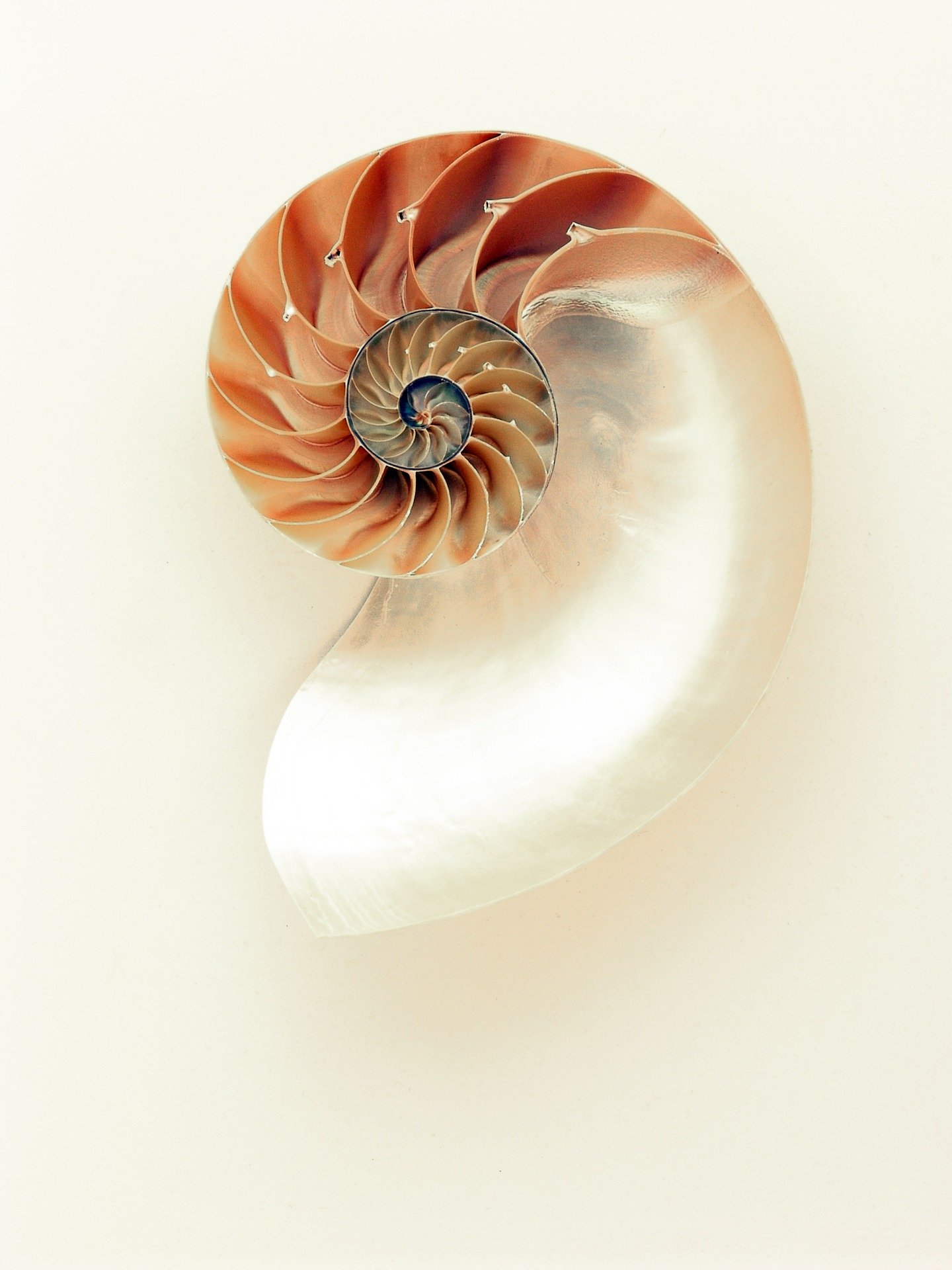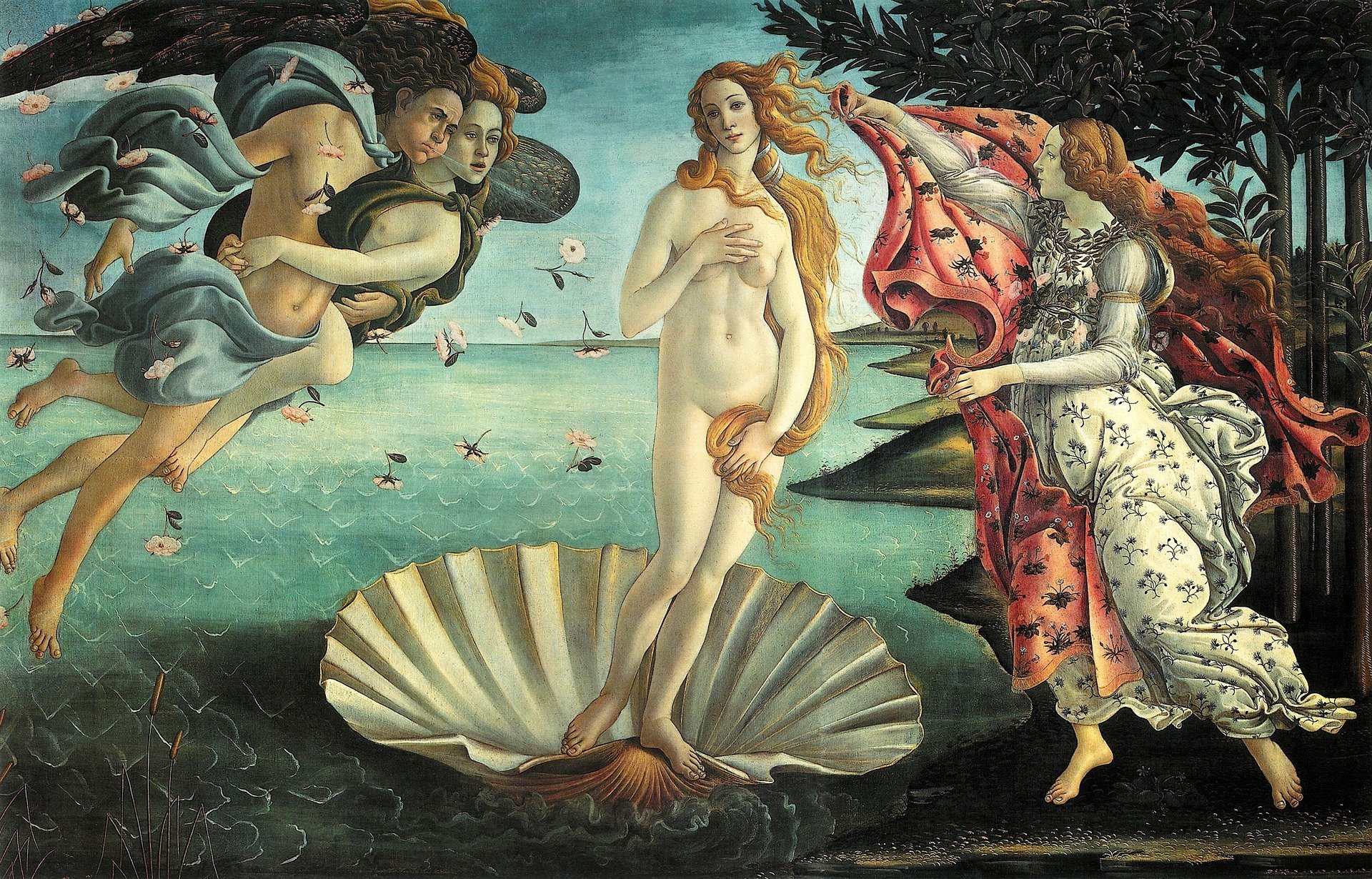Spiraled Wisdom: The Symbolism of Seashells
Artwork by @radittzart on DeviantArt
For eons, humanity has embraced a time-honored ritual of cupping conch shells to our ears and tuning into the ocean's symphony. It's an act of harmony with nature rooted in the resemblance of our ear to the intricate contours of a shell, imbuing it with the name "conch." And, beyond simply listening, we have also lifted the conch to our lips, channeling our inner Poseidon or Amphitrite as we trumpet into its depths, soothing tempestuous waters.
Shells are alluring treasures of the sea, their striking shapes ranging from symmetrical to asymmetrical and coiled, symbolic of the ever-evolving stages of growth. Within their spiraled contours, the shell's indentations evoke the sacred symbols of the labyrinth, the center, and the spiral, evocative of the eternal dance of creation.
What is the Symbolism of the Seashell?
Shells as Symbols of Inner Sanctuaries and Keepers of Secrets
(Image from Unsplash)
As we admire the oceanic creatures that call these shells home, we are reminded of the veiled secrets of our inner realm, sometimes glimpsing their existence as they surface into our awareness and, at other times, remaining hidden in the mysterious depths of our soul.
In the figurative sense, we often speak of emerging from our shells, cautiously and tentatively venturing into the world, or retreating within them, seeking refuge and solitude. The shell becomes a powerful symbol of our innermost sanctuary, a place of safety and comfort that we withdraw into when the world becomes overwhelming.
Similarly, as we slowly emerge from our protective shells, we are confronted with the uncertainties and challenges of life, testing our boundaries and nervous systems as we navigate the tumultuous waters of existence.
The Scallop Shell's Connection to the Moon
A shell is a remarkable exoskeleton, serving as a safeguard for the vulnerable life dwelling within. However, some shells are fragile and delicate, lacking the sturdiness to provide reliable protection. One such shell is the scallop shell, the beloved abode of the mussel. As with many of its aquatic kin, the mussel is intricately connected to the moon and the feminine, drawing upon the mystical power of these celestial bodies to navigate the ebb and flow of the tides.
The Conch Shell's Connection to the Underworld
The origins of shells from the depths of the sea imbue them with a mystical connection to the underworld, a place of mystery and darkness. In Aztec mythology, the revered deity Quetzalcoatl descended as a lifeless conch shell to Mictlan, the Aztec underworld. With an otherworldly power, Quetzalcoatl summoned worms and insects to gnaw at the shell, creating holes for bees to enter and produce a raucous buzzing. Then, holding the shell to his lips, Quetzalcoatl's breath infused life into it, transforming it into a powerful instrument that echoed through the eerie land like a resounding trumpet wave.
Birth Of Venus by Botticelli from Pixabay
Scallop Shell Symbolism: Painting of The Birth of Venus and Mary's Pearls
Botticelli's masterful brushstrokes in "The Birth of Venus" painting depict the legendary Greek goddess of love, Aphrodite (known as Venus in Roman mythology), emerging from the ethereal seafoam atop a grandiose scallop shell. The shell's shape, often likened to a female vulva, imbues it with a powerful symbol of the divine feminine and the regenerative power of fertility.
Botticelli's masterpiece, "The Birth of Venus," depicts the ethereal Greek goddess of love, Aphrodite (known as Venus in Roman mythology), emerging from the foaming waves of the sea, standing gracefully on a grandiose scallop shell. The shell's exquisite shape is often likened to the female vulva and has become a potent symbol of the divine feminine and the creative power of fertility.
Moreover, within the depths of the scallop shell, we discover an extraordinary treasure - pearls. Mary, the revered mother of Jesus, was often referred to as a "precious pearl," thereby endowing the shell with an additional layer of symbolism. This association was so influential that the shell became the iconic emblem of pilgrims journeying to Santiago de Compostela, adorning their caps as they traveled. Early Christian art also depicted the empty shell as an image of the soul's passage to immortality, affirming its significance in representing life's transitions and journeys.
Inviting the Shell Within
Seashells are not only beautiful treasures of the sea, but they also hold deep spiritual significance. They serve as powerful symbols of protection, resilience, and the interconnectedness of all living things. Their presence in our lives, whether in waking life or in dreams, can offer valuable insights and guidance.
Take a moment to reflect on how seashells show up or have shown up in your life.
What words come to mind when you encounter a seashell?
What emotions does a seashell evoke?
By reflecting on the words that come to mind when we think of shells, we can uncover the messages they may be trying to convey.
Warmly,
Anny 🐚🦉
Kindly note: The information included in this blog is not intended nor implied to be a substitute for mental health services. Please consult with a qualified professional to determine the appropriateness of the information for your own life experiences or if you have any questions.




